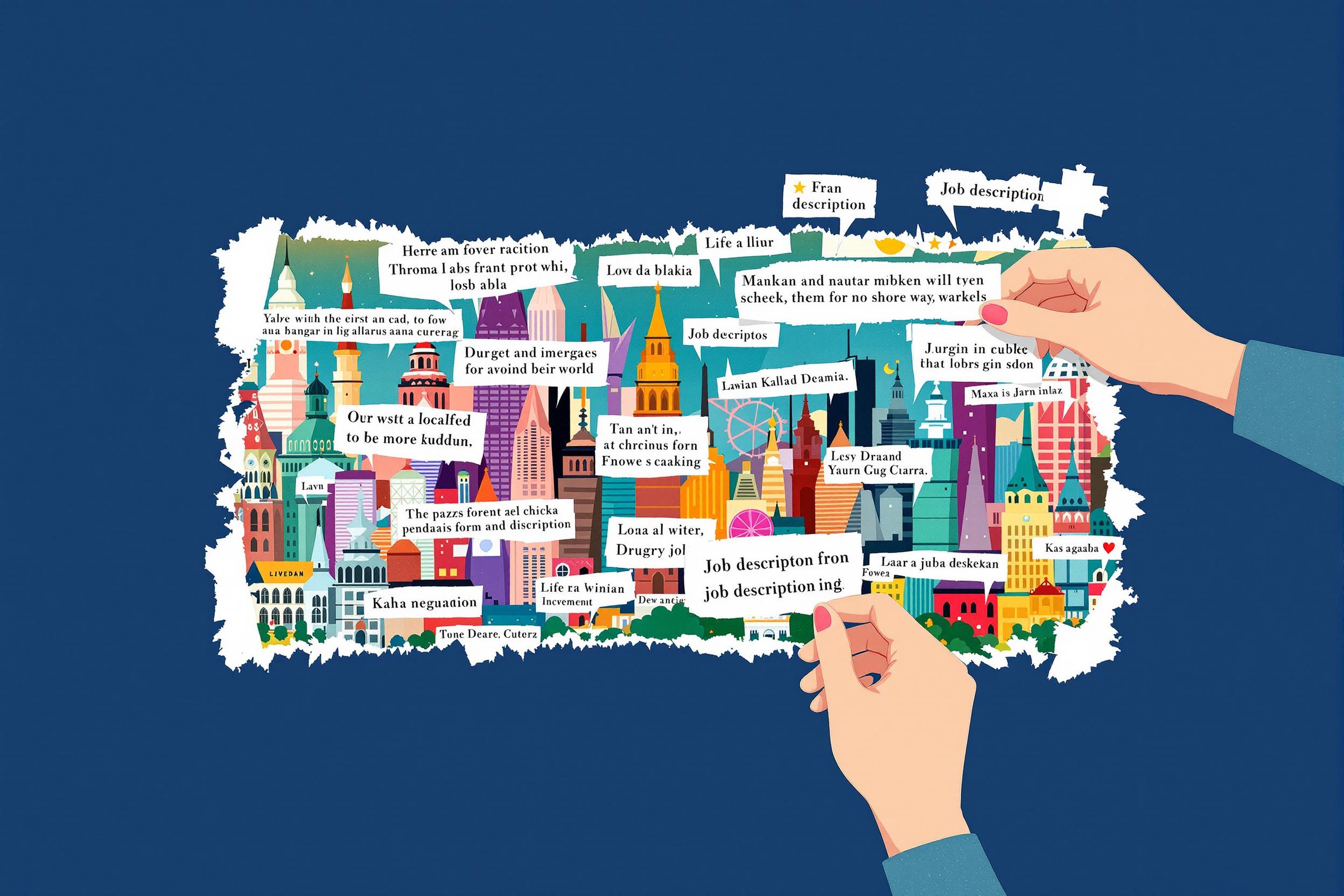
Texture
Texture in hairdressing refers to the natural feel and appearance of hair, as well as the techniques used to change or enhance it. When hairstylists talk about texture, they mean both working with a client's natural hair texture (like straight, wavy, or curly) and creating texture through cutting, styling, or chemical services. This is a fundamental skill in hairdressing that helps create movement, volume, and interest in hairstyles. When you see this term in a resume, it usually indicates experience with various hair types and texturing techniques.
Examples in Resumes
Specialized in creating Texture through advanced cutting techniques
Expert in analyzing natural Texture to determine best styling approaches
Performed chemical Texture services including perms and relaxers
Typical job title: "Hair Stylists"
Also try searching for:
Where to Find Hair Stylists
Professional Organizations
Online Communities
Job Resources
Example Interview Questions
Senior Level Questions
Q: How do you approach texture modification for different hair types?
Expected Answer: A senior stylist should discuss their experience with various techniques for different hair types, understanding of chemical processes, and ability to customize approaches based on hair analysis.
Q: How do you train junior stylists in texturizing techniques?
Expected Answer: Should demonstrate leadership abilities, teaching methods, and deep understanding of safety protocols and techniques for different texture services.
Mid Level Questions
Q: What factors do you consider when choosing texturing techniques for a client?
Expected Answer: Should explain consultation process, consideration of hair type, lifestyle, and maintenance requirements when recommending texture services.
Q: How do you handle a texture service that didn't meet client expectations?
Expected Answer: Should discuss problem-solving abilities, correction techniques, and customer service skills in handling challenging situations.
Junior Level Questions
Q: What are the basic tools used for creating texture in hair?
Expected Answer: Should be able to name and explain the use of basic texturizing tools like thinning shears, razors, and point cutting techniques.
Q: How do you determine a client's natural texture type?
Expected Answer: Should demonstrate knowledge of basic hair analysis, understanding of different texture patterns, and consultation skills.
Experience Level Indicators
Junior (0-2 years)
- Basic cutting techniques
- Understanding different hair types
- Simple texturizing methods
- Basic consultation skills
Mid (2-5 years)
- Advanced cutting techniques
- Chemical texture services
- Problem-solving texture issues
- Custom styling solutions
Senior (5+ years)
- Complex texture modification
- Training and mentoring
- Advanced chemical processes
- Correction techniques
Red Flags to Watch For
- Limited knowledge of different hair types
- No experience with chemical texture services
- Unable to explain basic texturizing techniques
- Lack of continuing education
- No understanding of hair analysis
Related Terms
Need more hiring wisdom? Check these out...

Unlocking Team Potential: Personality Mapping for Dynamic Management

Refining Job Descriptions to Expand Applicant Pools: Casting a Wider Talent Net

Speak Their Language: How Localized Job Descriptions Unlock Regional Talent

